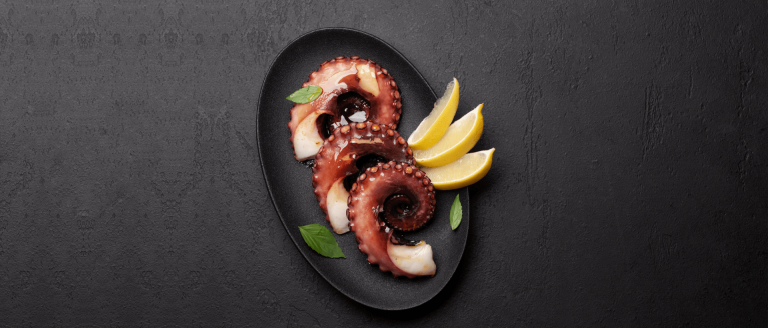Seafood and Lent

The truth behind tradition.
“Why do we consume octopus and calamari if we abstain from eating fish?” is a frequently asked question that arises when children start recognizing the existence of dietary guidelines and fasting regulations, particularly during Lent, that impose restrictions on certain food choices.
The answer is simple and can be traced back to the historical influences of the Judeo-Christian and Byzantine traditions. Octopus, along with other types of seafood, does not contain blood. Consuming meat that contains blood has long been considered taboo within Jewish dietary practices. Christians, on the other hand, adopted similar food prohibitions at a later stage, specifically through the 58th Neara (imperial law) issued by Emperor Leo VI in the Byzantine Empire. As a result, even today, when observing fasting periods, individuals tend to abstain from consuming foods that have blood, including fish.
During Lent, the Church permits the consumption of fish on two specific occasions: the day of the Annunciation of the Virgin Mary (March 25) and Palm Sunday. The tradition of eating cod, particularly on March 25, has practical roots. Except for the islands, where fresh fish was always accessible, salted cod served as a convenient choice during those times. It was readily available and didn't require refrigeration, thus establishing itself as a significant part of our dietary customs in Greece.
The protagonists of the Greek Lenten table.
In earlier times, individuals who ventured into the ocean or possessed fishing equipment could easily acquire a variety of seafood, which served as a notable food source rich in protein. Considering the vital role of protein in sustaining the human body, particularly during extended periods of fasting, seafood naturally became a fundamental component of fasting meals. Therefore, it is not surprising that the wise Fathers of the Church, when establishing fasting periods, included shrimp, shellfish, crustaceans, calamari and octopus as permissible options for consumption.
